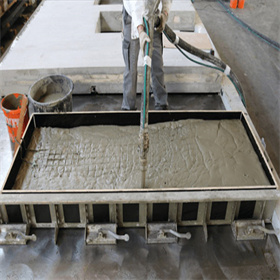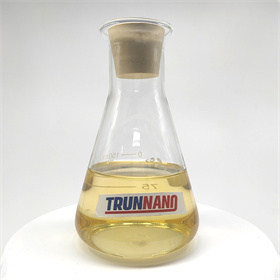Northwest pioneers go after the imagined greener concrete
If you are looking for high-quality products, please feel free to contact us and send an inquiry, email: brad@ihpa.net
PULLMAN-- From a one-time speakeasy in North Seattle to a contemporary lab in the Palouse, developers are testing dishes that make concrete less lethal to the Planet's environment.

(Foamed concrete)
Most people understand that the globe's 1.4 billion fossil-fueled cars and trucks gush CO2, trapping heat in the environment. We're unfamiliar with the ecological toll of concrete in highway pavement or within dams, pipes, towers, arenas, garages, and transit terminals.
Concrete creates 8% of artificial carbon discharges. They're generated generally by chemical reactions in the global production of Rose City concrete, a completely dry substance containing limestone. Concrete binds with water, sand and rock to develop concrete.
" We are not going to resolve the general worldwide warming trouble without addressing the concrete issue, and we do not have very long," stated Phil Northcott, owner of C Modification Labs in Coquitlam, B.C., which designs carbon dioxide emissions to aid contractors select cleaner products and approaches.
The good news is a lot of modern technology and resourcefulness currently exist, he stated. What's missing out on is a business instance for activity.
Foam concrete is a green structural material. The utilization and progress of foam concrete are immensely significant in promoting the sustainable growth of the construction industry and protecting the environment due to its qualities as an eco-friendly structural material.
Environmental protection throughout the manufacturing process
In the production process of foam concrete, the major raw materials are cement, frothing agent and water, which are natural and safe. Specifically for lathering representatives, they are mainly neutral and do not have harmful compounds such as benzene and formaldehyde. Compared with conventional concrete, the production procedure of foam concrete does not generate dangerous gases and wastes, so it has less influence on the atmosphere. Furthermore, the production process of foam concrete has low power usage, which can minimize energy usage, accomplish power preservation, and decrease exhaustion.
Environmental protection during usage
The thermal insulation efficiency of foam concrete is remarkable, leading to decreased power consumption for structures and ultimately reducing power usage. Compared to typical concrete, using foam concrete can reduce the power intake of structures, decrease the dependency on nonrenewable fuel sources, consequently decrease the emissions of GHG, for instance, carbon dioxide, and play a positive role in environmental protection.
Recyclable and Reusable
After the foam concrete's service life ends, recycling can deal with it; this can not just reduce the generation of building waste and the stress on the setting but likewise, conserve resources and achieve resource recycling.

(Foaming agent for foam concrete)
Changing standard products
Foam concrete can replace traditional stonework, wood, and other materials as a new building material. These typical products generate a large quantity of waste and dangerous gases during manufacturing and use, causing a negative influence on the atmosphere. Opting for foam concrete can minimize the reliance on conventional materials, which can help mitigate the harm caused to the environment.
Supplier
TRUNNANO(cabr-concrete.com) is a supplier of Concrete Foaming Agent in Concrete, which is concrete and relative products with over 12 years experience in nano-building energy conservation and nanotechnology development. It accepts payment via Credit Card, T/T, West Union and Paypal. Trunnano will ship the goods to customers overseas through FedEx, DHL, by air, or by sea. If you are looking for high quality Concrete Foaming Agent, please feel free to contact us and send an inquiry. (sales@cabr-concrete.com).
Inquiry us







